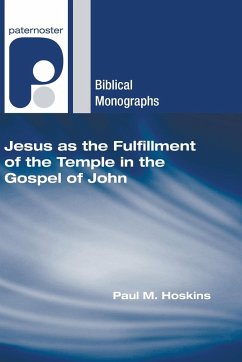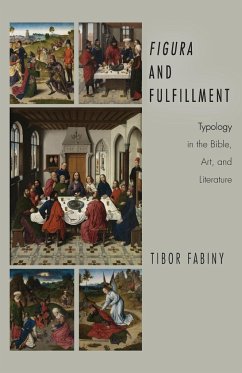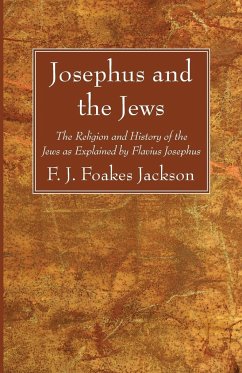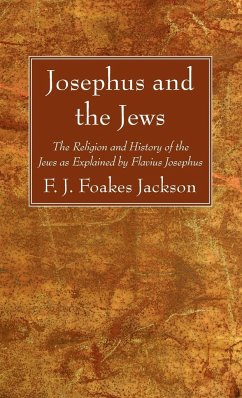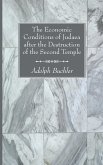This study examines John's portrayal of Jesus as the fulfillment and replacement of the Temple. It also shows how a traditional conception of typology can be helpful for understanding the nature of the relationship between Jesus and the Temple. Interpreters often associate John 1:14, 1:51, 2:18-22, and 4:20-24 with Jesus' replacement of the Temple. Based on these texts, one can already begin to see that he fulfills and replaces the Temple in that he is the new locus of God's presence, glory, revelation, and abundant provision for his people. In particular, John 2:18-22 clearly associates Jesus' role as the Temple with his death and resurrection. According to Isaiah, part of God's decisive action on behalf of his people, and for revealing himself to the nations, is the lifting up of the Temple above all other temples. In John, this expectation finds its fulfillment in Jesus. John's language of lifting up and glorification marks Jesus' death, resurrection, and exaltation as climactic events through which God lifts up and glorifies Jesus, the true Temple. Jesus' death, resurrection, and exaltation are also the means by which God provides for his people. Jesus offers his flesh and blood for the life of the world and sends the Spirit to enrich believers with the benefits of his sacrificial death. In doing so, he simultaneously fulfills prophecies and patterns associated with the Passover, Feast of Tabernacles, Feast of Dedication, and the Temple. ""Characterized by proper restraint, interpretive skill, and theological acumen, Hoskins' study significantly advances our understanding of New Testament typology with reference to Jesus."" --Andreas J. Kostenberger, Southeastern Baptist Theological Seminary ""I am very pleased that the doctoral dissertation by Paul Hoskins will find a wider readership. His thesis that John presents Jesus as fulfilling, surpassing, and replacing the Temple engages with Johannine and Old Testament scholarship. Hoskins approaches John from the Old Testament background, as he seeks to understand the patterns employed by John and compares these with Old Testament expectations. The thesis is well argued and finely balanced."" --Willem A. VanGemeren, Trinity Evangelical Divinity School ""With clear prose and careful scholarship, Hoskins significantly advances our grasp of the relationship between Old and New Testament as expressed in the ecclesiology and christology of the Fourth Gospel."" --Robert W. Yarbrough, Trinity Evangelical Divinity School Paul Hoskins is Assistant Professor of New Testament at Southwestern Baptist Theological Seminary, Fort Worth, Texas. He taught for two years at Trinity Evangelical Divinity School, Deerfield, Illinois, where he completed his dissertation under the supervision of D. A. Carson.

